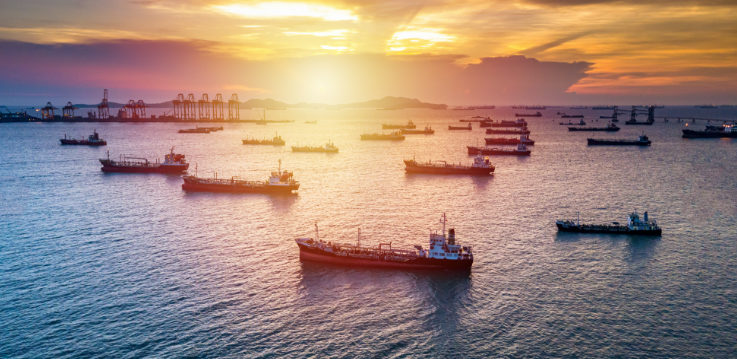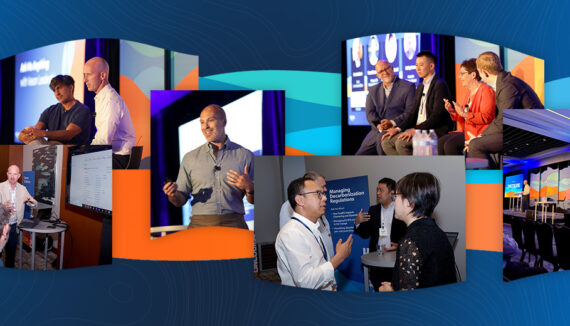Perhaps one of the most captivating characteristics of maritime shipping is its rich history.
As one of the oldest industries that still exists today, it remains the most efficient mode of transportation for moving all kinds of goods around the world in bulk. This has fueled the emergence of global markets, enabling countries to grow their economies through the export and import of goods that may never have been available otherwise.
One of the by-products of such an expansive global history is the industry’s sheer complexity and nuance. The diverse array of maritime stakeholders that manage this complexity each represent a vital component of a vast and interconnected system. Whether you are a master mariner or an unfamiliar newcomer, learning and re-evaluating key commercial maritime concepts and business scenarios is crucial to better understanding your dynamic function within this ever-evolving industry.
In this blog post, we’ll explore some key commercial maritime shipping fundamentals and business scenarios that industry professionals need to know.
Want to dive deeper into these fundamental concepts? Sign up for our free VIP Shipping Concepts learning path on Veson University!
Major Industry Segments
The two largest market segments of commercial maritime shipping – wet and dry bulk – are the energy and lifeblood of the global economy.
Major types of wet cargoes include crude oil, chemicals, Liquified Natural Gas (LNG) and Liquified Petroleum Gas (LPG). Workflows for wet cargoes tend to be quite complex due to the sensitive and often dangerous nature of the cargoes, which necessitates stringent regulatory and safety requirements as well as more complex vessel specifications and loading and discharge requirements.
Major types of dry cargoes include dry bulk (coal, grain, ore), break bulk (cranes, engines, other specialized cargo), and RORO (vehicles, cars, and SUVs). Workflows for dry cargoes can also be complex, with market volatility and intricate claims processes greatly impacting profitability.
Demand in both the wet and dry market segments is driven by many different factors, from economic and geopolitical factors to industrial production to consumer behavior, introducing additional volatility to each segment.
Market Participants & Workflows
Regardless of segment, the maritime industry is comprised of a diverse range of counterparties, including Vessel Owner/Operators, Tonnage Charterers, Commodity Producers, Brokers, Agents, and more. The two main counterparties conducting business are the Vessel Owner/Operator and the Charterer/Producer, who are joined by a contract, or charter party, that lists all the terms of their agreement. Every agreement is unique and complex with many different variables, such as the type of voyage being conducted, the vessel and cargo types involved, port and berth operations, bunker requirements, and more.
To excel in the maritime industry, it is necessary to understand the financial implications of decision making from different stakeholder perspectives. How will the P&L fluctuate based on who is paying hire? Who pays for CVE’s and commission in a Time Charter In / Time Charter Out voyage? What makes up operational costs for a ship owner?
Evaluating market dynamics and business scenarios is key to better understanding these implications and ensuring that your organization is making the most profitable business decisions.
Learning Industry Fundamentals with Veson University
At Veson Nautical, we believe in continuous learning, which is why we offer both technical and industry-based training opportunities based on our unique experience with over 300 diverse clients in the industry. A common industry understanding across your team is critical to establishing shared priorities, foundational knowledge, and ultimate collaboration.
To provide a dynamic, deep-dive learning experience of core commercial maritime shipping concepts, we have created a VIP Shipping Concepts learning path offered through Veson University, which includes three core courses: Understanding Commercial Shipping, Vessels, Cargoes, & Ports, and Charter Parties & Core Business Scenarios. Master the learning path for free through the end of 2020!




